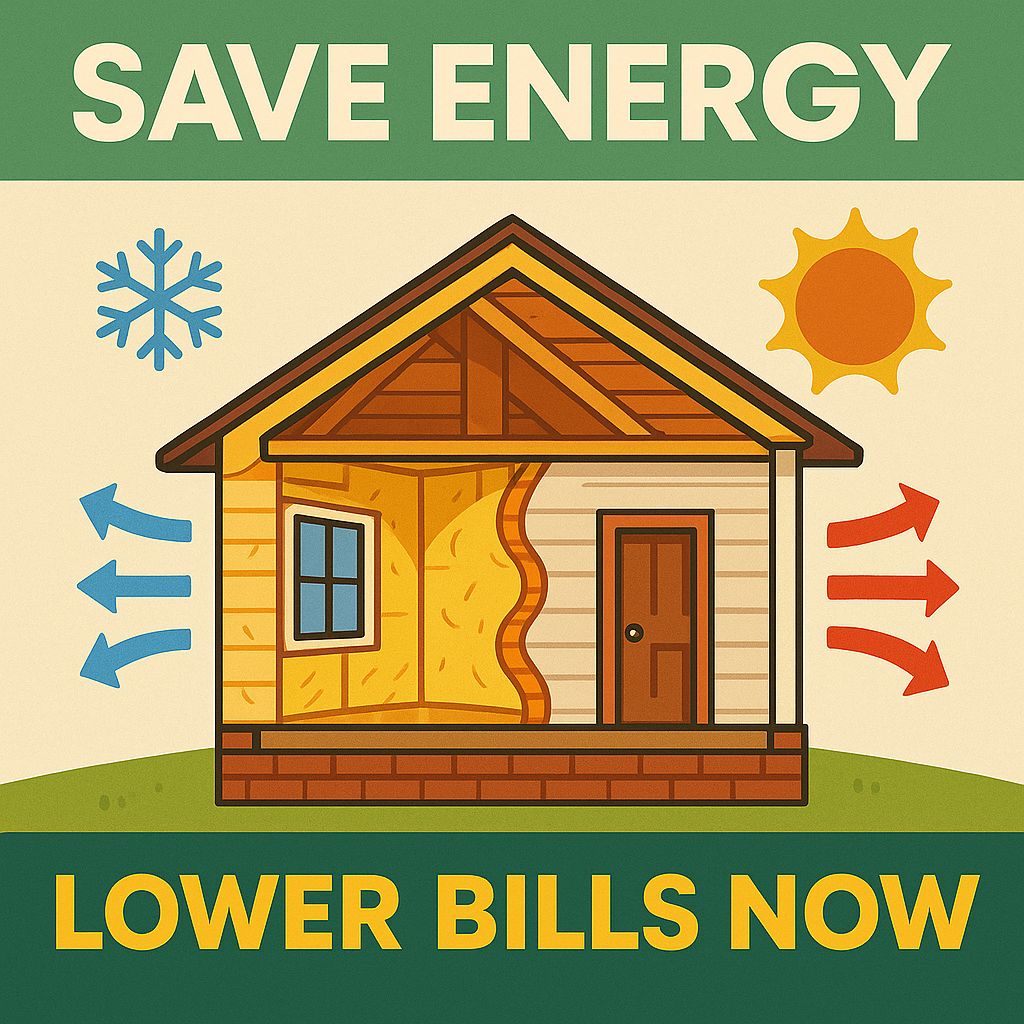
Table of Contents
Quick Summary
- Energy saving in winter without compromising comfort needs a few steps to implement.
- Pre-Set your water heater temperature to 120°F to save energy.
- You should insulate your water heater tank and pipes to reduce heat loss.
- Use a programmable or smart thermostat to control heating efficiently.
- Focus heating on occupied rooms and maintain moderate temperatures.
- Seal gaps around windows, doors, vents, and pipes to prevent drafts.
- Insulate the attic and basement to maintain a comfortable indoor temperature.
- Maintain your furnace by cleaning the filters, vents, and chimneys for optimal performance.
- Wear layers, use blankets, and rely on hot water bottles for added warmth.
- Reverse ceiling fans: it will push warm air down in winter.
- Open the curtains during the day to let in sunlight and close them at night for insulation.
- Small, consistent steps can lower bills ultimately and will keep your home comfy and cosy.
Energy savings is a reward for personal savings as well as for global complacency. Winter is coming, and with it the inevitable rise in energy bills. But there’s good news. By taking a few simple steps, you can cut costs and maximize your energy savings without sacrificing comfort.
Water Heaters on the Radar
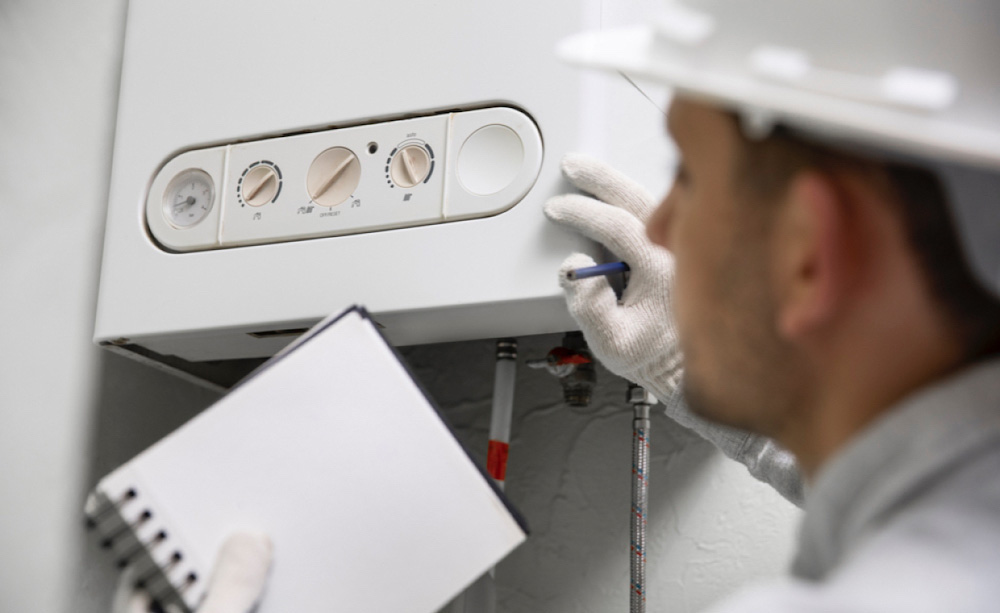
One of the efficient winter heating tips is to dial down your water heater. 120 degrees Fahrenheit is typically adequate. You’ll notice the difference when your bill arrives.
If you’re considering a replacement or upgrade for your water heater, you might want get a water heater quote from trusted experts at King Heating as part of your assessment process to ensure you’re optimizing energy usage.
Consider tank insulation. Wrap it up with a water heater blanket to minimize heat loss. It will result in lower energy bills.
Ensuring that pipes connected to the water heater are wrapped can also mitigate heat loss considerably, thereby reducing the energy needed to heat up your water.
Control Your Thermostat

Consider investing in a programmable thermostat as part of winter energy savings initiative. Yes, it’s worth the hype. Set it to lower temperatures while you’re asleep or away. A degree or two can mean big savings.
Remember: it’s easier to grab a blanket than to heat the entire house. Keep your thermostat set at a consistent, moderate temperature rather than constantly adjusting it.
Smart thermostats can also offer insights into your energy consumption, making it easier to identify where you might be wasting energy and where improvements can be made to lower energy bills.
Another smart tactic includes zoning your heating system. Sometimes, only specific rooms in your home are occupied; ensure that you are only heating those areas. This focus helps you reduce overall energy consumption. Think of programmable thermostat savings for long run benefits.
Seal Off the Leaks
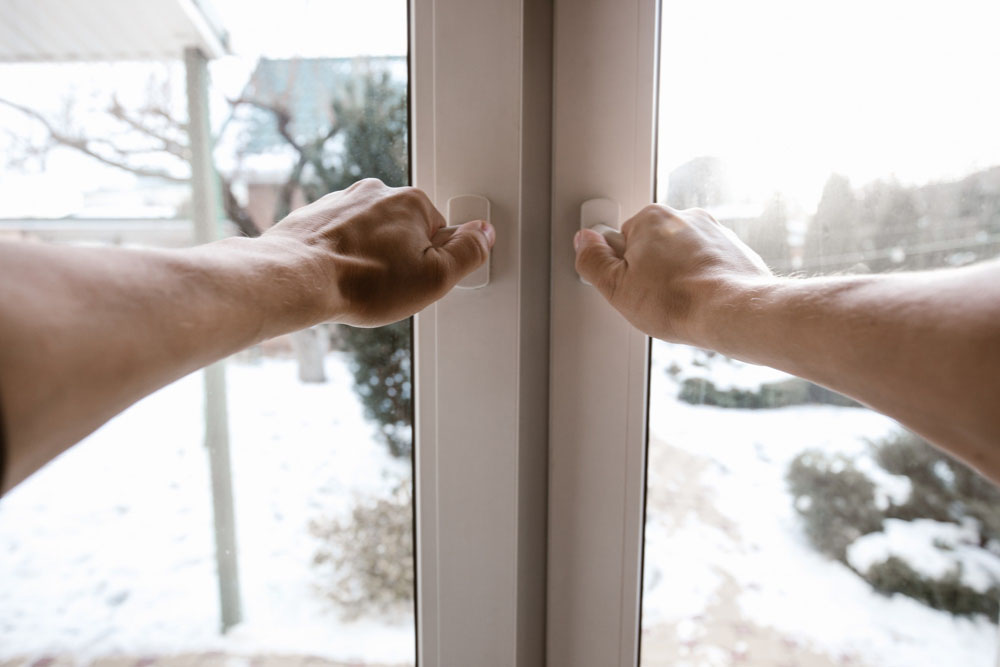
Cold air is sneaky. It finds its way through gaps, cracks, and holes faster than you’d think. Start with your windows and doors. Weatherstripping and caulking are your best friends. These tools will help you keep the warmth in and the cold out.
Don’t forget about outlets and switch plates. Small, inexpensive foam gaskets can make a significant difference. Close off rooms you don’t use. There’s no need to heat space that’s rarely occupied.
Pay attention to your attic and basement, two areas where many homes lose heat. Insulating them can create a more sealed environment, preventing cold drafts from creeping in and warm air from escaping.
One of the most effective home insulation tips is considering the drafts around vents and pipes: the cold breeze should not be ignored by any means. Ensure that all pipes and ducts connected to the exterior of your house are well-sealed. This approach will strengthen the insulation integrity of your home and minimize heat loss.
Routine Maintenance Matters
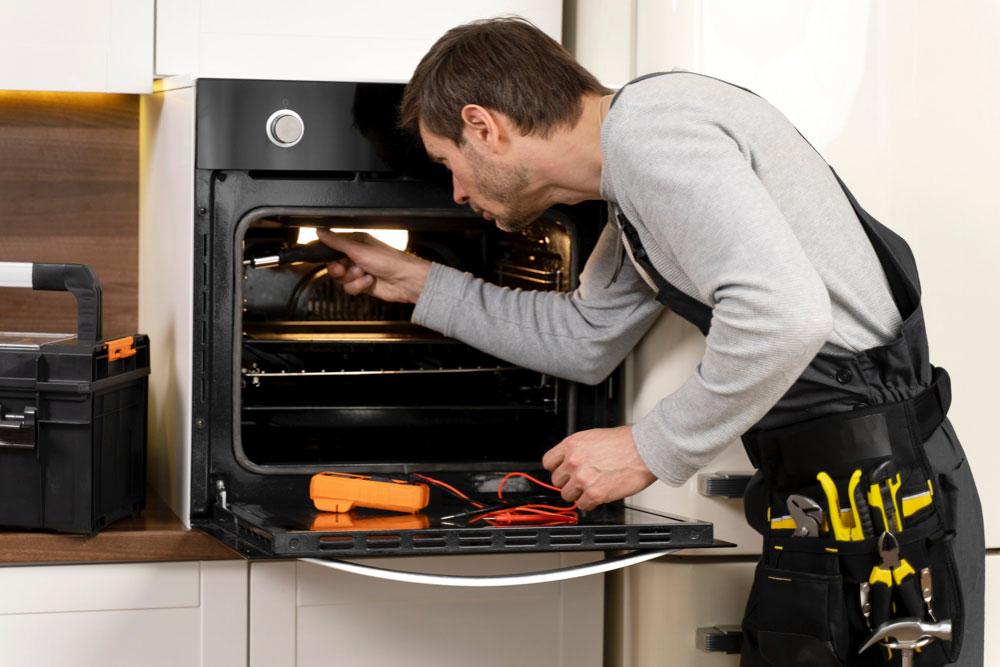
Furnaces need love, too. Regular maintenance ensures they’re running at their best. Change filters frequently. Dirt makes units work harder, sucking cash from your pocket.
Clean vents and ducts. Blockages hurt airflow. Clear paths mean better warmth distribution.
Regularly check and clean fireplace chimneys if you rely on them for warmth, ensuring that heat loss through the draft or chimney isn’t occurring when not in use.
Layer Up
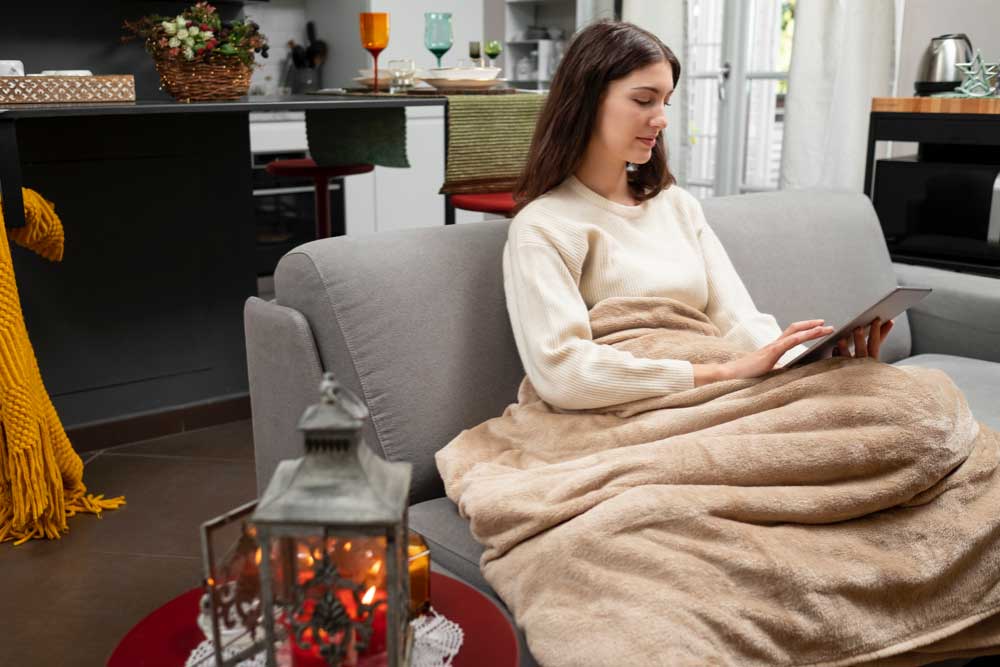
Fashion can meet function. Wearing extra layers inside means you can keep your home cooler without feeling the chill. Invest in cozy, thermal clothing. Thicker socks, sweaters, and pants will make a world of difference.
Don’t underestimate blankets. Snuggling under a plush throw is a simple, effective way to stay warm.
Using hot water bottles or microwavable heating packs is another practical way to generate heat while minimizing your overall energy usage.
Consider bundling up with wool garments. Wool is an excellent insulator, retaining heat exceptionally well, making it ideal for sweaters, scarves, and socks during the colder months.
Fans in Reverse
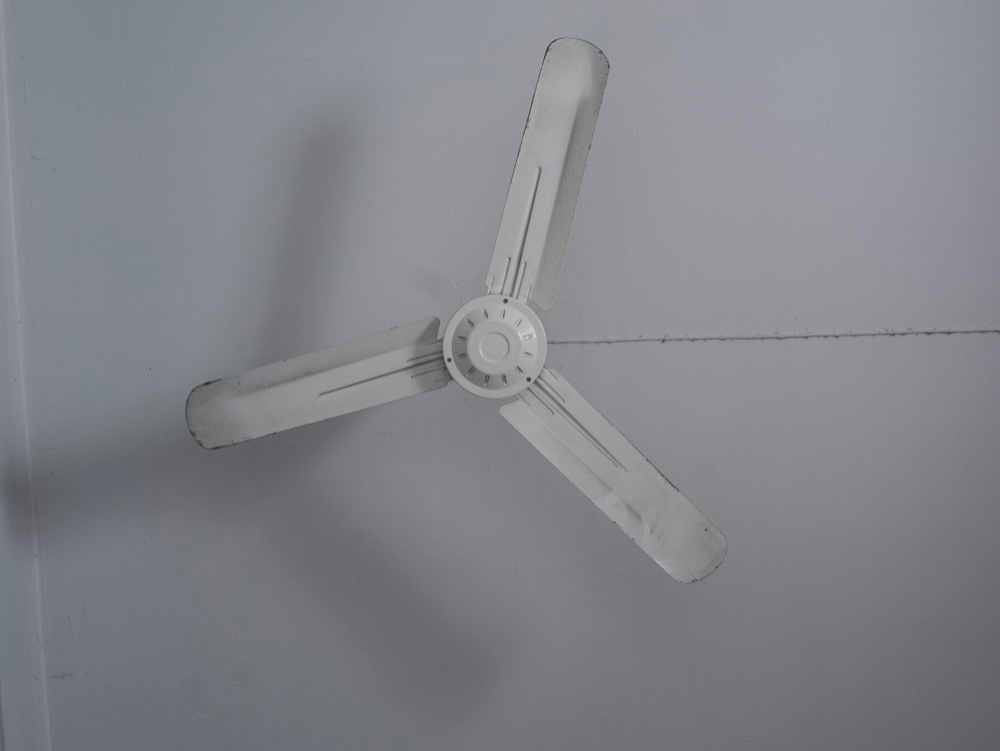
Ceiling fans aren’t just for summer. In winter, run them in reverse. This creates an updraft and pushes warm air down into the room. It’s a simple trick to circulate heat where it’s needed.
Low setting is key. You want gentle air movement, not a windstorm.
Consider incorporating floor fans into rooms with high ceilings. By doing so, you can help redirect the rising warm air back into the living space.
If you’ve layered up and employed your fans effectively, energy-intensive heating devices can be turned down or off more frequently without making your home uncomfortable.
Window Wisps

During the day, take advantage of the sun. Open drapes and blinds to let in natural warmth. At night, close them to create an extra layer of insulation.
Heavy curtains provide added protection from the chill. They’re an investment worth making.
Window insulator kits are an economical choice that can provide additional insulation. They stick directly to the window frames, helping to keep cold air from seeping in.
Take a moment to ensure that your windows are in good condition. Even minor repairs can have a substantial impact on your home’s insulation quality.
Summing Up:
Making small changes adds up. From sealing leaks to layering up, these steps offer substantial savings. Winter doesn’t have to mean sky-high energy bills. With a little effort, you can stay cozy and keep your wallet happy.
Also Read: Make Your Home Winter-Friendly With These Tips and Tricks
FAQs on Winter Energy Savings
1. How Can Lowering the Water Heater Temperature Save Money in Winter?
Set the water heater to 120°F to cut energy use. It prevents overheating, lowers bills, and helps the heater work more efficiently without affecting comfort.
2. Why Is Sealing Leaks Around Windows and Doors Important?
Sealing leaks keeps warm air inside and blocks cold drafts. It improves heating efficiency, lowers energy costs, and keeps rooms more comfortable during the colder months.
3. What’s The Benefit of Using a Programmable Thermostat?
A programmable thermostat adjusts temperatures automatically. Lowering heat while away or asleep saves energy, reduces heating bills, and keeps the home consistently warm.
4. How Does Reversing Ceiling Fans Help in Winter?
If you run ceiling fans in reverse, it pushes warm air back down into the room. It improves heat circulation, keeps spaces warmer, and helps reduce heating costs.
5. Why Is Furnace Maintenance Crucial Before Winter?
Regular furnace maintenance, like changing filters and cleaning ducts, improves airflow and efficiency. It prevents unexpected breakdowns and keeps the home warm through the winter season.
























